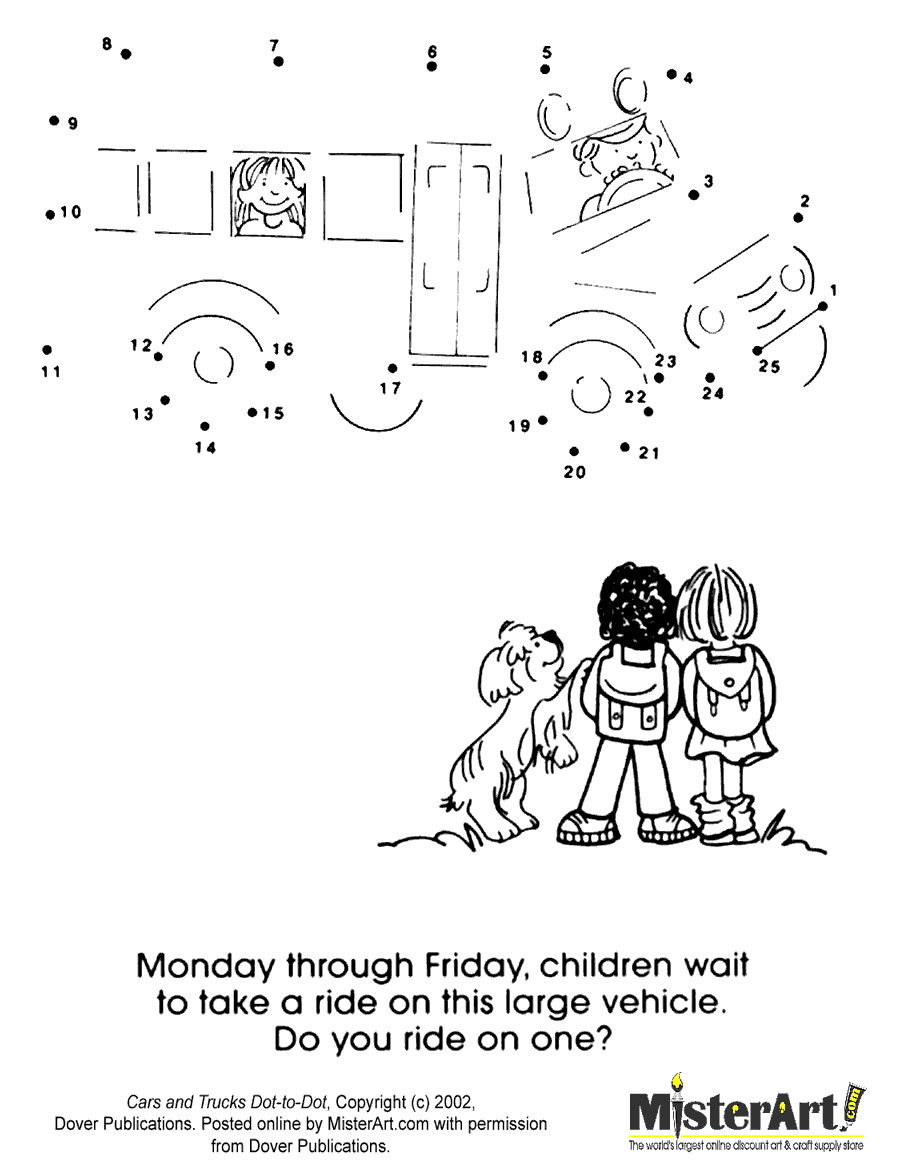This lesson is designed with teaching the parts of animals in mind. It would be good as an ESL lesson but probably even better if used in conjunction with a unit on animal classification. Children love saying "No, no, no!" along with the book and the author and illustrator are the same as the fabulous Gruffalo stories.
Topic: A butterfly tries to help a little monkey find its mum but they meet many different animals along the way before they find her.
Age: 4 -7 will benefit the most from the lesson plan but younger children would certainly enjoy it because of it's family setting.
Key Vocabulary: The following words are most useful if leading onto a discussion about animal kingdoms and classification: tail, wings, beak, tusks, trunk, claws, feathers, hairy or furry, slimy, a nest of eggs.
Procedure:
- I would start with something to pique the children's interest and get them guessing what animal the story might be about. It could be as simple as this:
 |
| Cardboard Keyhole Cutout |
- Next explain that today we will be learning about different types of animals and that there are some important words that we need to know in order to understand the story. Using flashcards drill the pronunciation and come up with some actions together to represent the words. Play some flashcard games until children are comfortable saying and understand most of the words.
 |
| Own Made Flashcards |
- Read the story and elicit the words from the flashcards as you go.
- Do a table-time extension to consolidate the learning if you have time.
- Repeat the story on different days, with different extensions to review the vocabulary. You can discuss how you know if each animal is a mammal, reptile, bird, fish etc... if you are tying this story into animal classification.
Extensions:
If you have an interactive whiteboard or a large computer screen there are some lovely games and resources on Sheppardsoftware.com for teaching animal classification. I have even used these with middle school students but they are suitable for Primary.
| Sheppardsoftware.com |
 |
| Here |
This video does a great job of teaching the difference between fur, hair, feathers, scales and skin.
This is a fun song asking children to guess whose is the tail and it's suitable for preschoolers too.
A great art activity is to get children to invent their own animals and label or describe them using the correct vocabulary.
They can also do this collaboratively in threes by secretly drawing the head and neck, folding it back and passing it to a partner who draws the body and the tops of the legs and then folds it back and passes it on to another friend who secretly draws the legs and feet. When they unfold them you generally get a lot of laughs and children enjoy describing and coming up with names for their new animals.
| Like THIS but with animals! |









